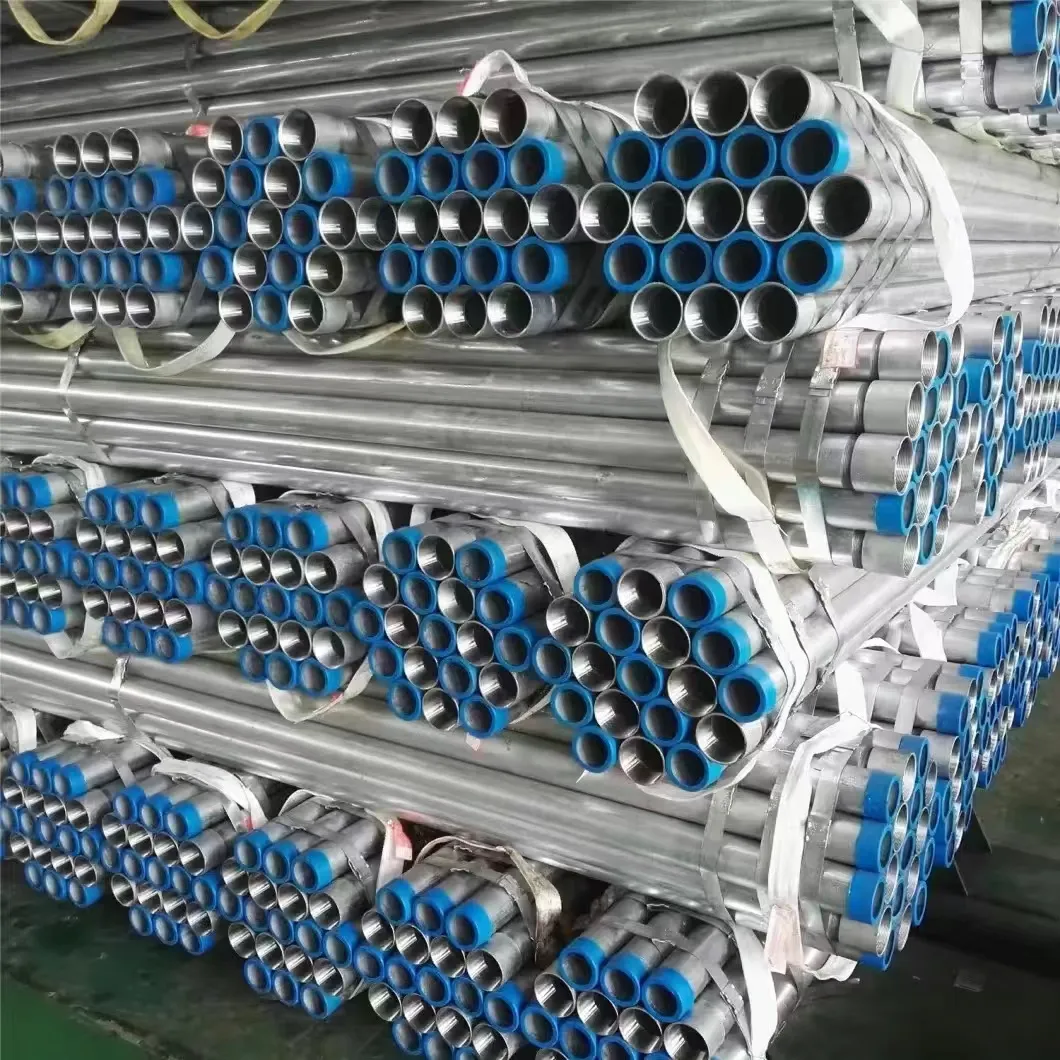-
Cangzhou Yulong Steel Co., Ltd.
-
Phone:
+86 13303177267 -
Email:
admin@ylsteelfittings.com
- English
- Arabic
- Italian
- Spanish
- Portuguese
- German
- kazakh
- Persian
- Greek
- French
- Russian
- Polish
- Thai
- Indonesian
- Vietnamese
- Zulu
- Korean
- Uzbek
- Hindi
- Serbian
- Malay
- Ukrainian
- Gujarati
- Haitian Creole
- hausa
- hawaiian
- Hebrew
- Miao
- Hungarian
- Icelandic
- igbo
- irish
- Japanese
- Javanese
- Kannada
- Khmer
- Rwandese
- Afrikaans
- Albanian
- Amharic
- Armenian
- Azerbaijani
- Basque
- Belarusian
- Bengali
- Bosnian
- Bulgarian
- Catalan
- Cebuano
- China
- China (Taiwan)
- Corsican
- Croatian
- Czech
- Danish
- Esperanto
- Estonian
- Finnish
- Frisian
- Galician
- Georgian
- Kurdish
- Kyrgyz
- Lao
- Latin
- Latvian
- Lithuanian
- Luxembourgish
- Macedonian
- Malgashi
- Malayalam
- Maltese
- Maori
- Marathi
- Mongolian
- Myanmar
- Nepali
- Norwegian
- Norwegian
- Occitan
- Pashto
- Dutch
- Punjabi
- Romanian
- Samoan
- Scottish Gaelic
- Sesotho
- Shona
- Sindhi
- Sinhala
- Slovak
- Slovenian
- Somali
- Sundanese
- Swahili
- Swedish
- Tagalog
- Tajik
- Tamil
- Tatar
- Telugu
- Turkish
- Turkmen
- Urdu
- Uighur
- Welsh
- Bantu
- Yiddish
- Yoruba

Jul . 27, 2024 10:23 Back to list
Exploring the Benefits and Applications of Rubber Liners in Various Industries and Settings
The Importance of Rubber Liners in Industrial Applications
Rubber liners serve a crucial role in various industrial applications, providing a multitude of benefits that enhance efficiency, safety, and durability. These advanced materials are engineered to protect equipment and surfaces from the harsh conditions often encountered in industrial settings. As we delve into the significance of rubber liners, we will explore their composition, advantages, and extensive applications.
Composition and Properties
Rubber liners are typically made from a variety of synthetic rubber compounds that can be tailored to withstand specific environmental factors such as temperature fluctuations, chemical exposure, and physical abrasions. The properties of rubber, such as its elasticity and resilience, make it an ideal choice for lining applications. The elasticity allows for the absorption of shocks and vibrations, while its resistance to wear and tear ensures a longer lifespan compared to other materials.
Advantages of Rubber Liners
1. Protection Against Corrosion and Abrasion One of the primary benefits of rubber liners is their ability to protect underlying surfaces from corrosion and abrasion. In industries like mining, mineral processing, and wastewater treatment, equipment frequently encounters abrasive materials and harsh chemicals. By lining these surfaces with rubber, operators significantly extend the life of their machinery and reduce maintenance costs.
2. Noise Reduction Rubber is an excellent sound dampener. Installations involving heavy machinery often generate significant noise, which can lead to uncomfortable working conditions and potential hearing loss for workers. Rubber liners mitigate this issue by absorbing sound and vibrations, creating a safer and more pleasant working environment.
rubber liner

3. Impact Resistance The high elasticity of rubber liners allows them to absorb impacts effectively. This quality is particularly advantageous in applications where heavy materials are handled, as it protects both the equipment and the workers. For example, in the transportation of bulk materials, rubber-lined chutes minimize the risk of product breakage and equipment damage.
4. Customization and Versatility Rubber liners can be custom-fabricated to suit specific applications. Whether it’s in size, thickness, or rubber compound formulation, they can be tailored to meet unique requirements, making them versatile for various industries, including food processing, pharmaceuticals, and mining.
Applications of Rubber Liners
The applications of rubber liners are vast and varied. In the mining industry, rubber liners are used in dump trucks, chutes, and hoppers to protect against abrasive materials. In bulk handling, they line conveyor systems to reduce wear and enhance material flow. Furthermore, in the chemical industry, rubber liners protect storage tanks and pipelines against corrosive substances.
In the field of construction, rubber liners are employed in concrete mixing plants, where they help prevent material buildup and facilitate smoother operations. Additionally, in wastewater treatment facilities, rubber liners serve as a barrier against aggressive chemicals and help control odors.
Conclusion
Rubber liners are indispensable in modern industrial applications due to their ability to enhance efficiency, protect against damage, and provide a safer working environment. As industries continue to grow and evolve, the importance of advanced materials like rubber liners will only increase. By investing in high-quality rubber lining solutions, businesses can ensure long-term performance and reliability of their equipment, ultimately contributing to overall productivity and success in their operations. Thus, understanding and leveraging the advantages of rubber liners can lead to significant operational improvements across various sectors.
Latest news
-
ANSI 150P SS304 SO FLANGE
NewsFeb.14,2025
-
ASTM A333GR6 STEEL PIPE
NewsJan.20,2025
-
ANSI B16.5 WELDING NECK FLANGE
NewsJan.15,2026
-
ANSI B16.5 SLIP-ON FLANGE
NewsApr.19,2024
-
SABS 1123 FLANGE
NewsJan.15,2025
-
DIN86044 PLATE FLANGE
NewsApr.19,2024
-
DIN2527 BLIND FLANGE
NewsApr.12,2024
-
JIS B2311 Butt-Welding Fittings LR/SR 45°/90° /180°Seamless/Weld
NewsApr.23,2024











